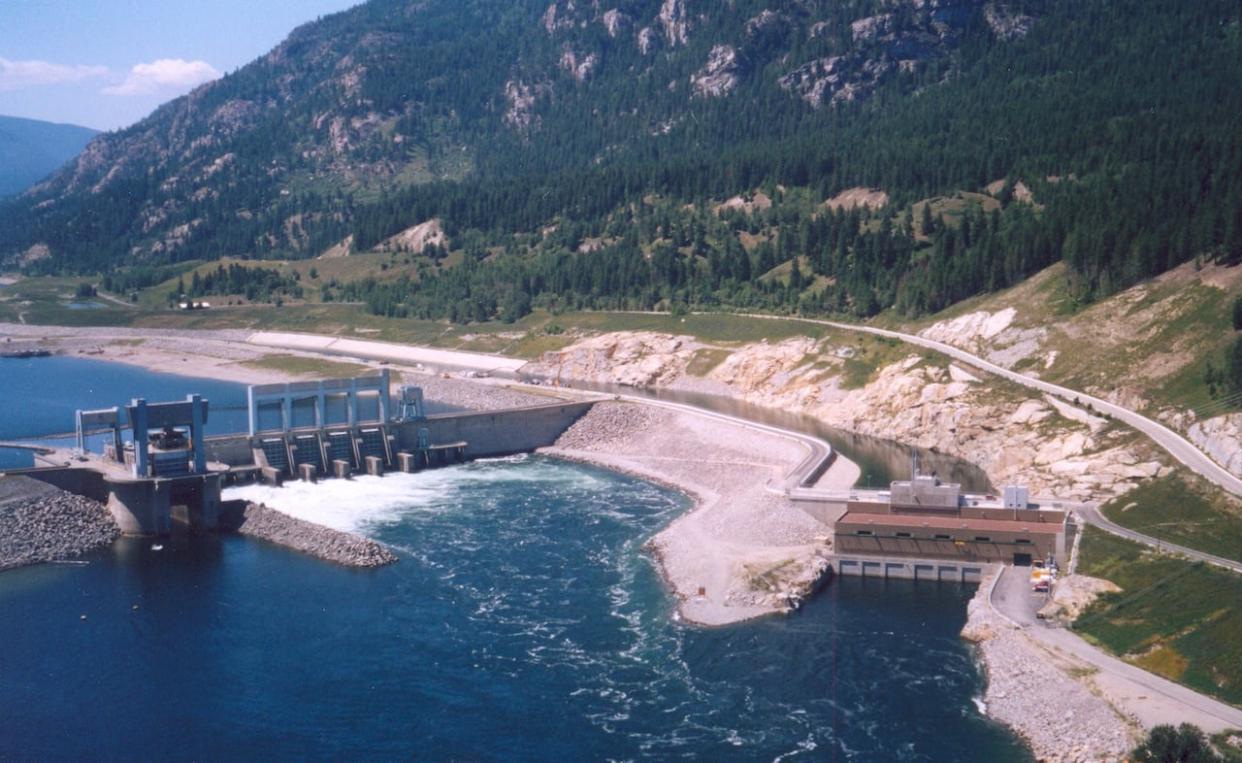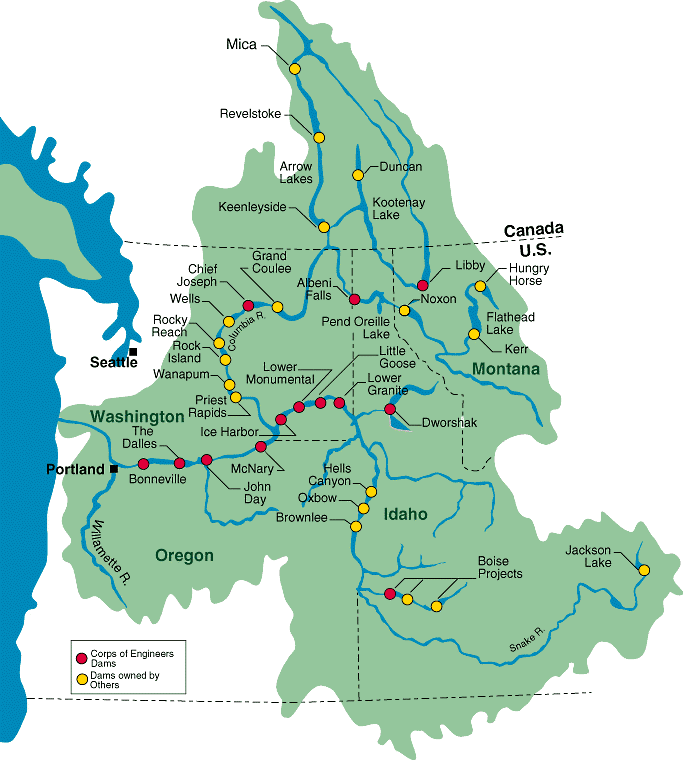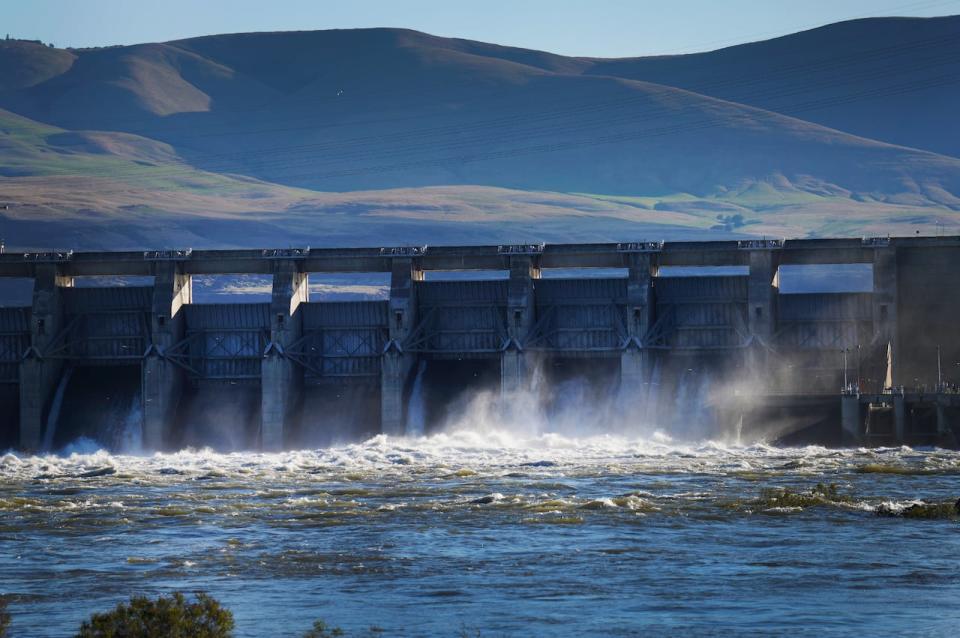Agreement-in-principle reached to modernize Columbia River Treaty

An agreement-in-principle to modernize the Columbia River Treaty is being heralded as a major milestone following years of negotiations between Canada and the U.S.
"After 60 years, the treaty needs updating to reflect our changing climate and the changing needs of the communities that depend on this vital waterway," said U.S. President Joe Biden in announcing the development.
In a separate statement, Prime Minister Justin Trudeau said extensive engagement with Indigenous and local communities ensured that all interests are being heard.
"For more than 50 years, the Columbia River Treaty has played a crucial role in reducing flood damage and providing clean energy to millions of households, businesses and industries in both of our countries," Trudeau said.
The Columbia River flows almost 2,000 kilometres from the Canadian Rockies, through southeast British Columbia and across the border into Washington state before emptying into the Pacific Ocean on the Washington-Oregon border.
The watershed generates vital hydroelectricity courtesy of 60 dams on the main stem and tributaries, supplying almost half of B.C.'s total hydroelectric power and more than 40 per cent of the U.S. total.
River water flow and the sharing of the electricity and money generated from it is governed by the treaty, which came into effect in 1964.

Dams on the Columbia River and its tributaries. (U.S. Army Corp of Engineers)
In 2022, B.C. received roughly $420 million in Canadian entitlements from power generation at U.S. dams based on water flows from Canada.
According to the prime minister's statement, the updated treaty will cover concerns not addressed in the original document — including ecosystems and Indigenous values — while reducing flood risk and promoting clean energy goals.
The Ktunaxa, Secwépemc, and Syilx Okanagan nations were part of Canada's negotiation team, along with the provincial and federal government.
"This milestone represents years of hard work and dedication by our nations," said Ktunaxa Nation chair Kathryn Teneese in a statement.
"We have worked hard to see concerns over the environment, Ktunaxa cultural values, stream flows and salmon restoration represented in the treaty negotiations, and we are committed to continuing that work as a new treaty is drafted."

Water flows over the Dalles Dam on the Columbia River in Oregon. (Jessie Wardarski/AP)
According to the Tk'emlúps te Secwépemc chief, construction of the Columbia River Treaty dams represents the largest infringement of aboriginal title and rights in the territory.
"It's really important to acknowledge some of the history," said Kukpi7 Rosanne Casimir. "The conversion of the upper Columbia watershed into a massive reservoir system devastated innumerable plant and animal species, as well as our ancestral burial and cultural sites."
Nathan Matthew, Secwépemc Nation representative on the treaty negotiation team, said the agreement-in-principle is a roadmap for the future.
"It's a very important day," he said. "When the treaty was first negotiated it did not include any of the First Nations in negotiations nor did it include any of the interests."
Biden said along with elevating Indigenous voices in the U.S. and Canada, changes to the treaty will allow the U.S. to keep more of the energy it generates.
The Columbia River Treaty was forged after catastrophic flooding of the Columbia River in 1948 wiped out the city of Vanport, Ore., near Portland, killing 50 people and leaving 46,000 without homes.
The treaty led to the creation of three dams in B.C. and a fourth in Montana.


